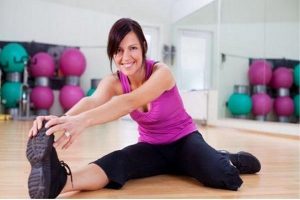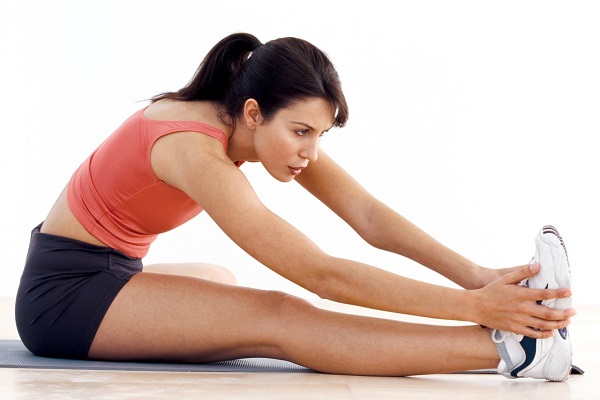Stretching, also known as stretching is an activity that aims to relax the muscles and free themselves from all tensions. You can do this activity at any time of the day, at work, in bed, while you exercise. However, stretching is mandatory after making a physical effort. Stretching will bring you benefits such as improving and maintaining your range of motion, improving balance, relieving chronic pain, reducing tension and stress, improving blood circulation and concentration, Boost your energy, improve your posture, be more flexible. Today we will explain how you stretch properly to make you feel more energetic and flexible than ever before.
You may read also be interseted: How to have perfect lips
Tips for stretching properly
Start slowly. The more you stretch, the easier it will become. Do not force. Too much stretching can cause pain and injury. You may feel a slight stretch as you stretch, but this should never hurt. If you feel pain, stop.
Breathe deeply and do not hold your breath. Breathe slowly and deeply. This will help you relax and stretching will be easier.
Warming up. If you stretch before exercising, you will have to warm your body for at least five minutes, using light movements, such as walking. You should avoid stretching a cold muscle, as this can increase the risk of contraction.
Back stretch
Lie on the floor, on your back, your legs tight and your arms along your body. Slowly pull your arms backward, stretching your fingers and feet in opposite directions. Hold for 20 to 25 seconds and return to the starting position.
From the starting position, slowly bring your knees back to the chest, lifting your head to your knees and holding your legs with your arms. You will have to put yourself in a ball. The movement must be slow and you will have to feel each vertebra stretch. Hold this position for 20 to 25 seconds and return to the starting position.
Abdominal and gluteal stretching
From the initial position mentioned above, place your arms crosswise on the side. Bring your knees back to your chest and hold for a few seconds. Then, with the legs folded and tight, lower your legs to one side until they touch the ground. Simultaneously, stretch your arms towards the opposite side
Hold this position for 20 to 25 seconds. Bring your legs bent towards the chest and lower them to the other side by stretching the arms on the opposite side. Hold this position for 20 to 25 seconds. Finally, bring your legs back and return to the starting position.
Stretch of arms and back
Sitting on the floor, legs crossed (in the lotus position) and back straight, lift the right arm horizontally, with the palm of the hand open in front of you. Stretch your arms to one side by turning the waist slightly. The head must remain in the axis of the torso. Stretch your fingers backward.
Repeat this exercise on the other side, keeping the position for 20 seconds.
Adductor stretching
Sitting on the floor, bring your knees towards you to lay your feet flat. Adductors are very sensitive muscles and subject to muscle tears. Stretch them properly every day.
Calf stretch
Standing, move your right leg with your feet parallel. Then bend the right knee forward without lifting the left heel. You will stretch the left calf. Hold this position for 20 seconds, and then repeat the same exercise with the other leg.
Quadriceps stretching
Stand with your legs tight, bend your right leg backward so your heel touches your right buttock. Hold your foot with your right hand, bringing it closer to the buttocks. Stretch as much as possible, keeping this position 20 to 25 seconds. Repeat this exercise with the other leg.
Thigh Stretch
Spread your feet so that the width is only slightly larger than that of your hips. Bend your right knee slightly and lower the left hip towards the right knee. This makes it possible to stretch the inside of the left thigh. Stay in this position for 10 to 30 seconds. Repeat the exercise 3 to 5 times per thigh.
Shoulder and neck stretch
Lift the shoulders towards your ears until you feel a slight tension in the neck and shoulders. Hold for 5 seconds, and then lower your shoulders.
General recommendations
Make stretches about three times a week and on the days of the week, you are exercising. Be careful when stretching after an injury or if you have a chronic illness (see a doctor). Listen to your body and do whatever you can. Flexibility, which is partly determined by genes, varies from individual to individual.
Some activities recommended being more flexible and for your physical well-being are yoga, Pilates, classical dance, modern dance, martial arts, swimming or fit ball.






